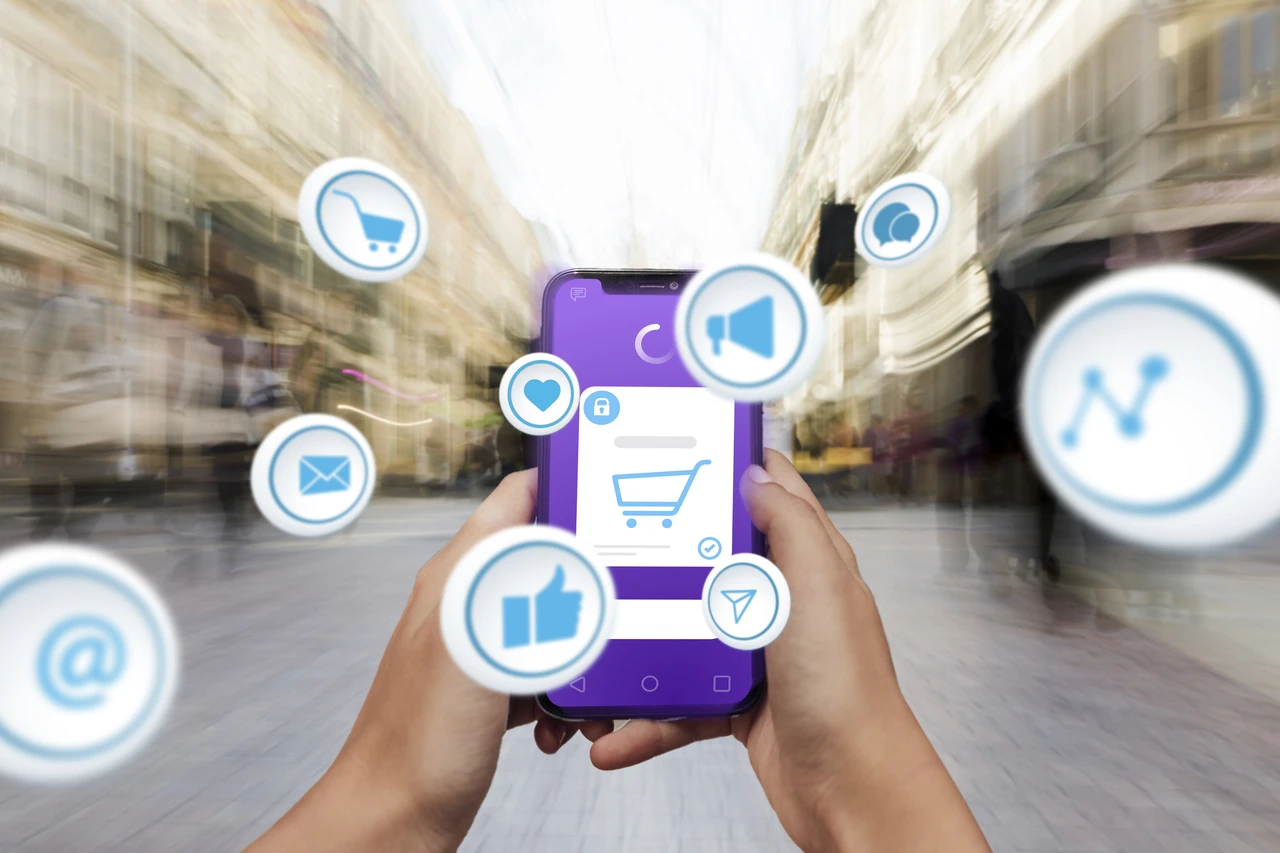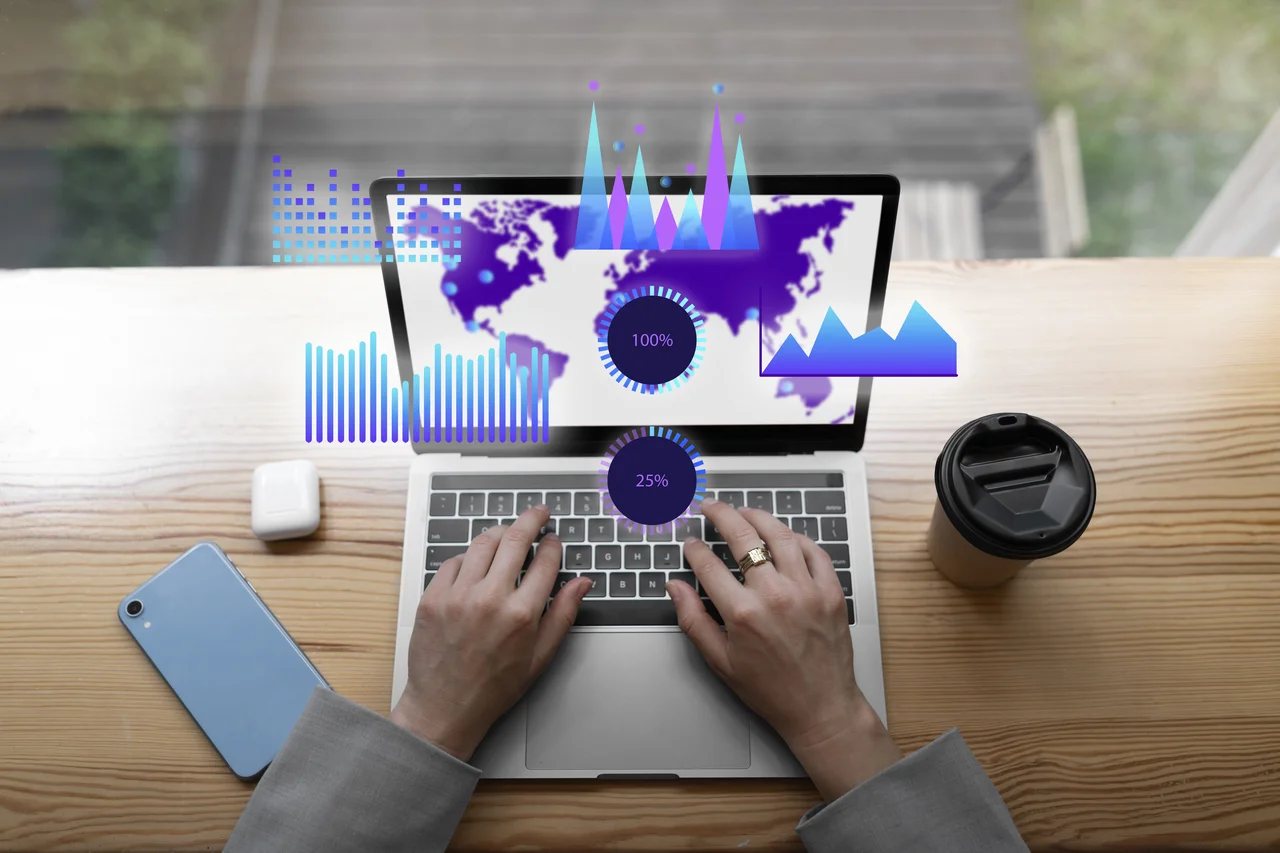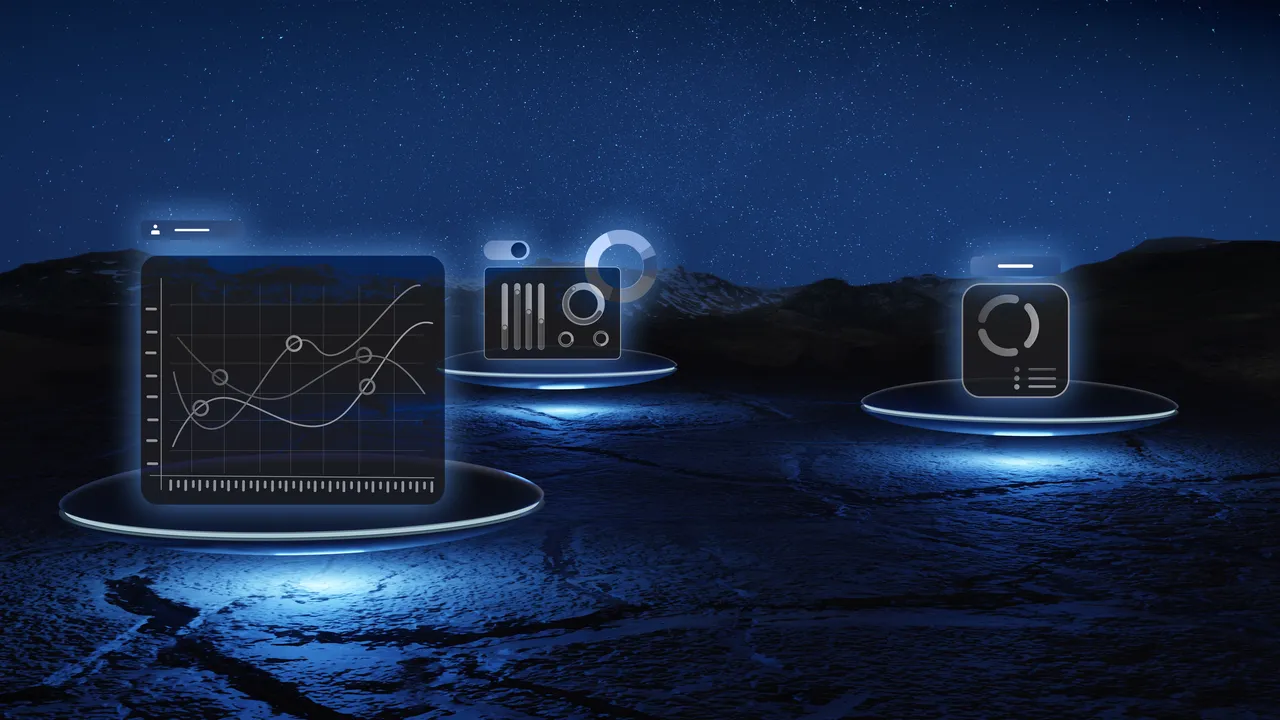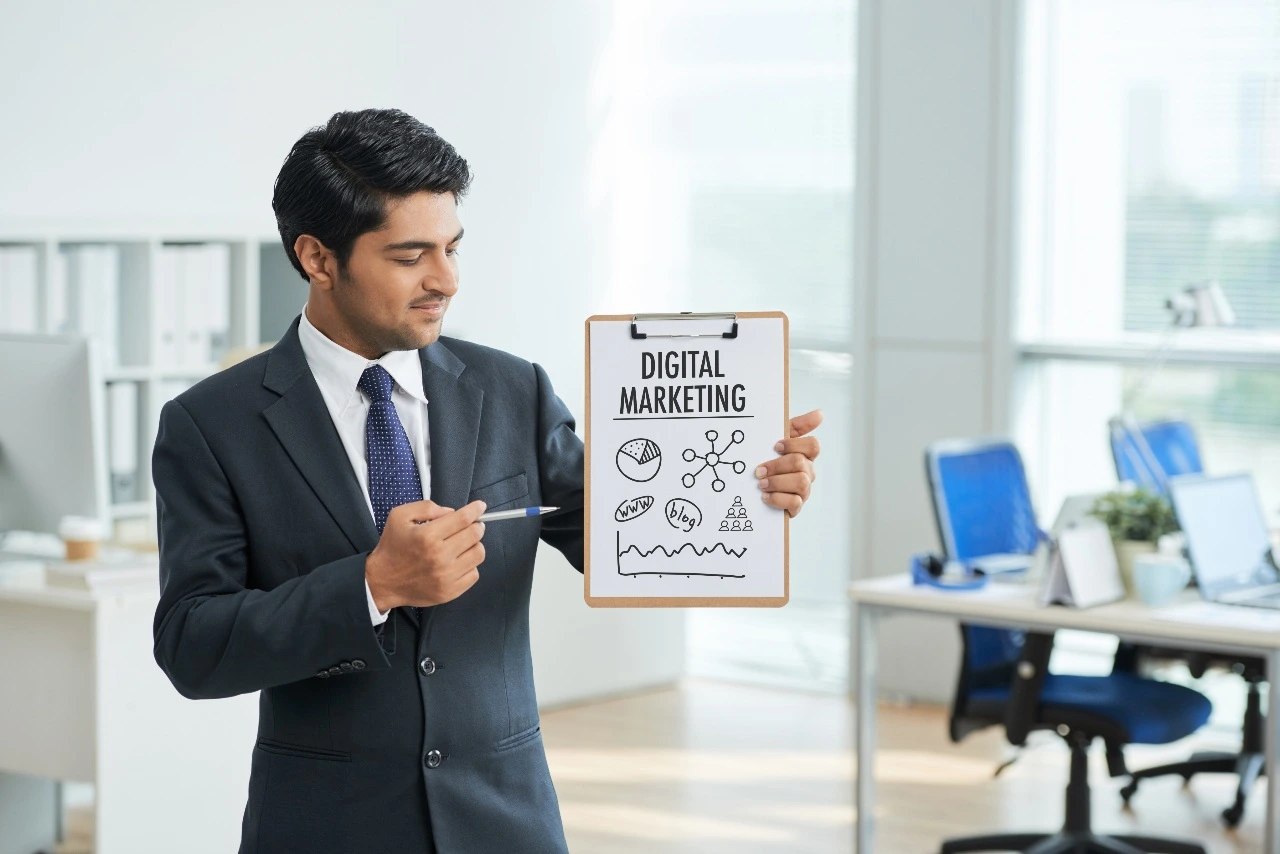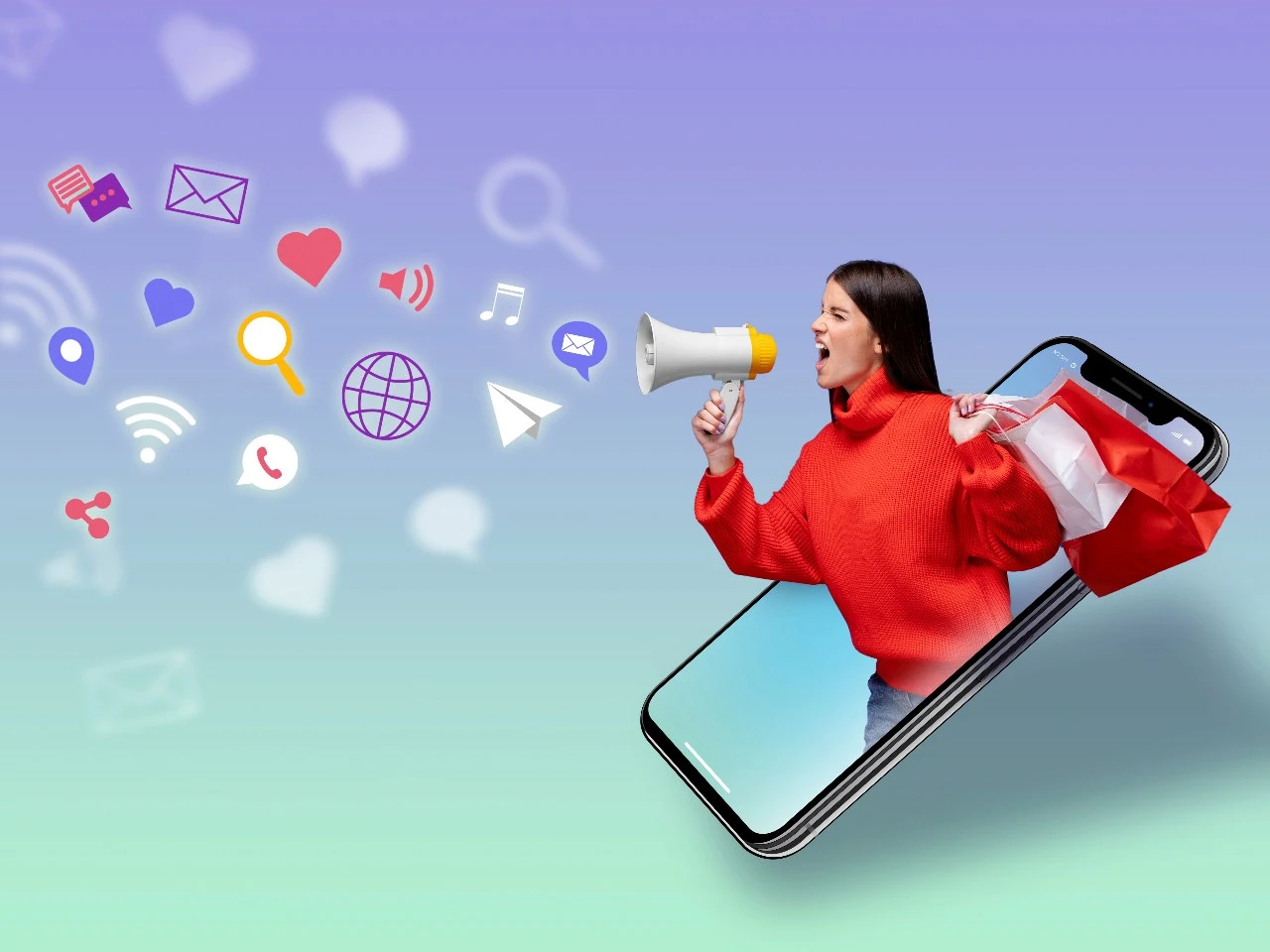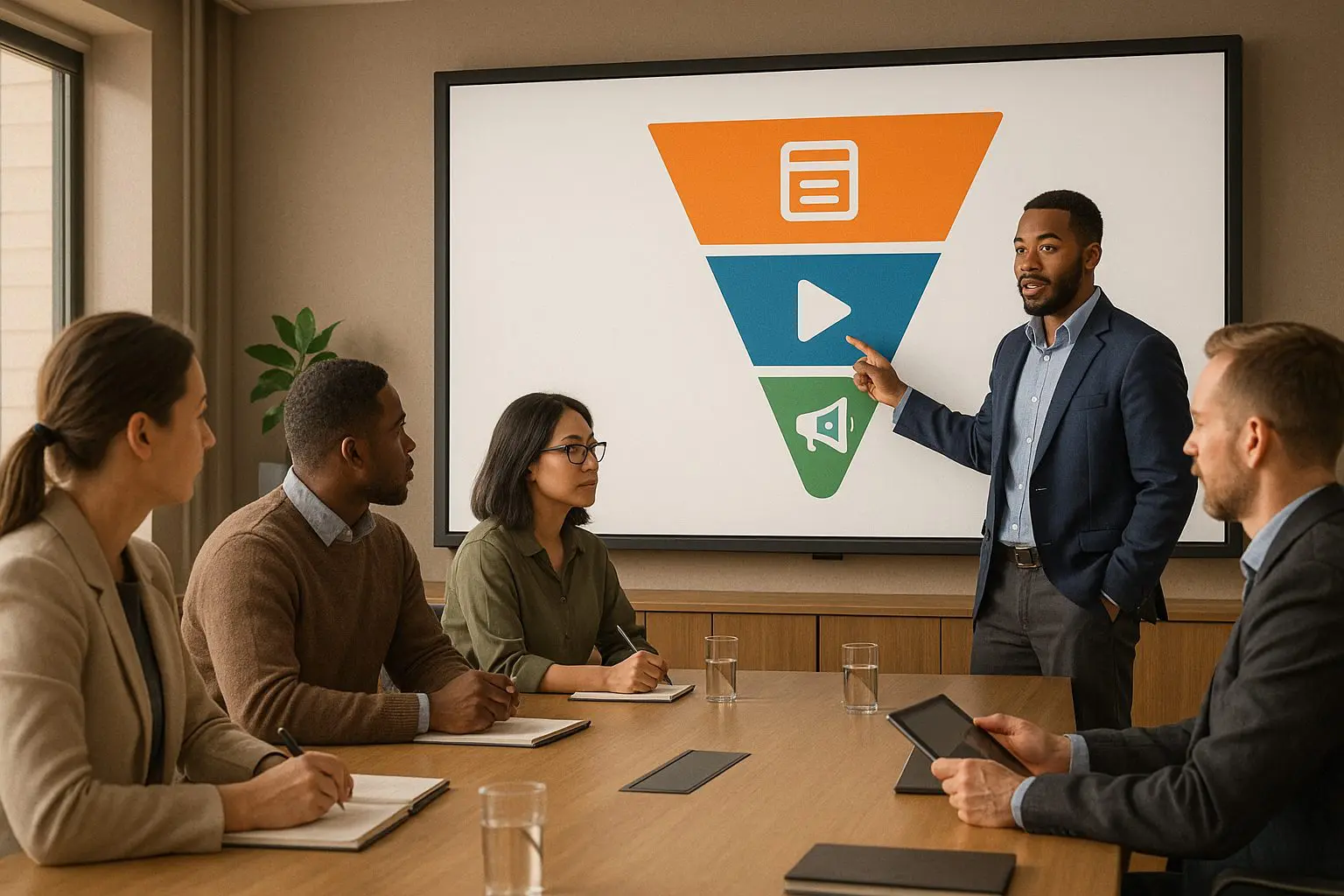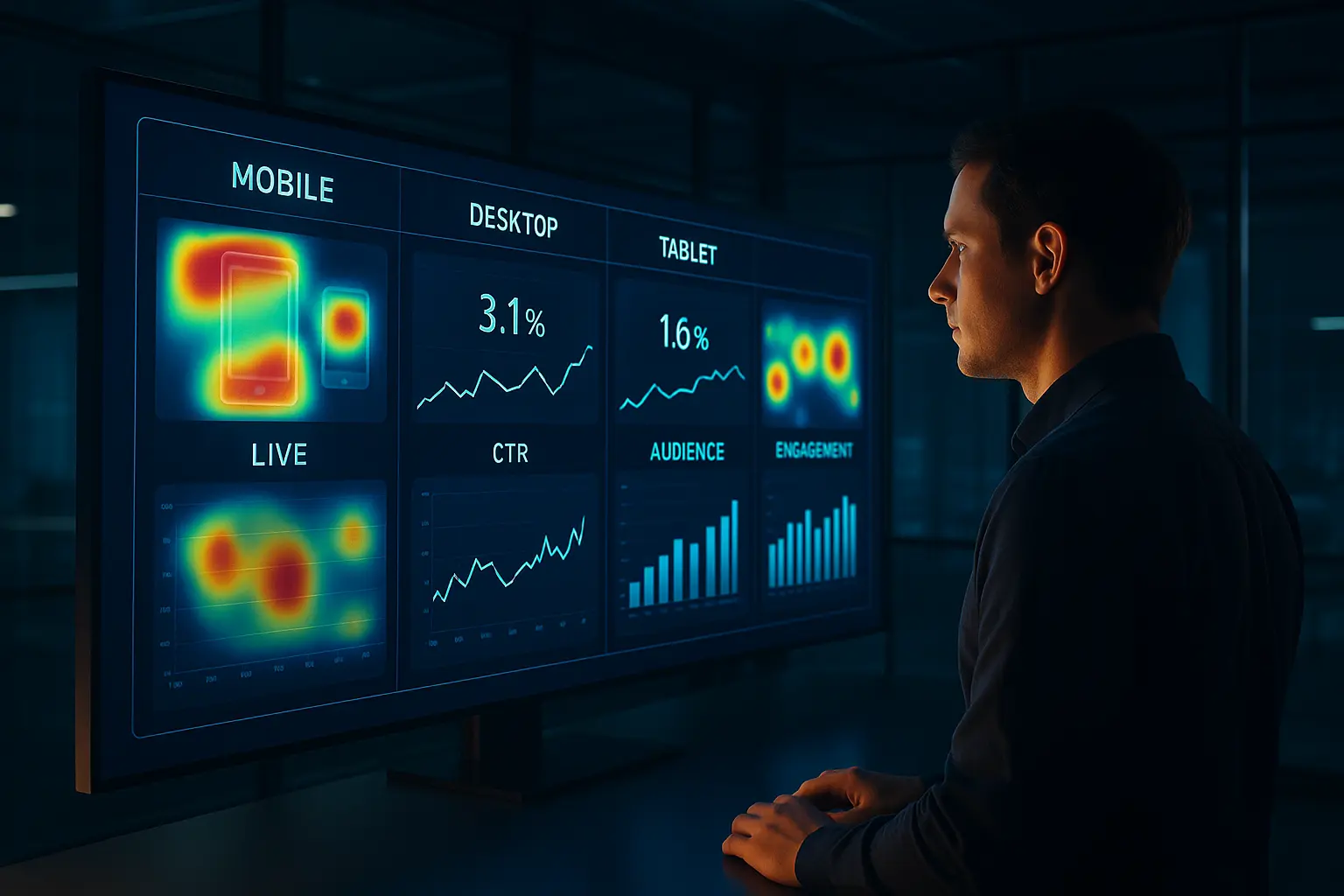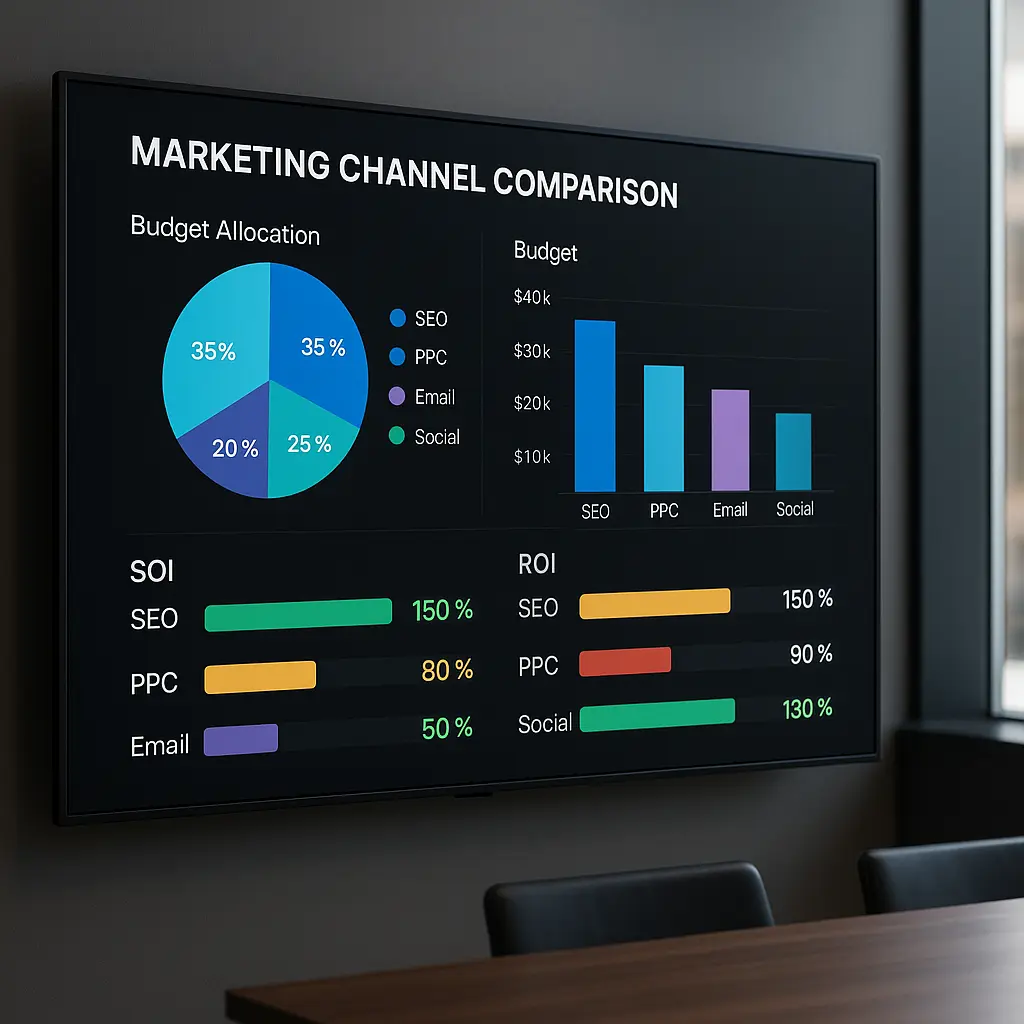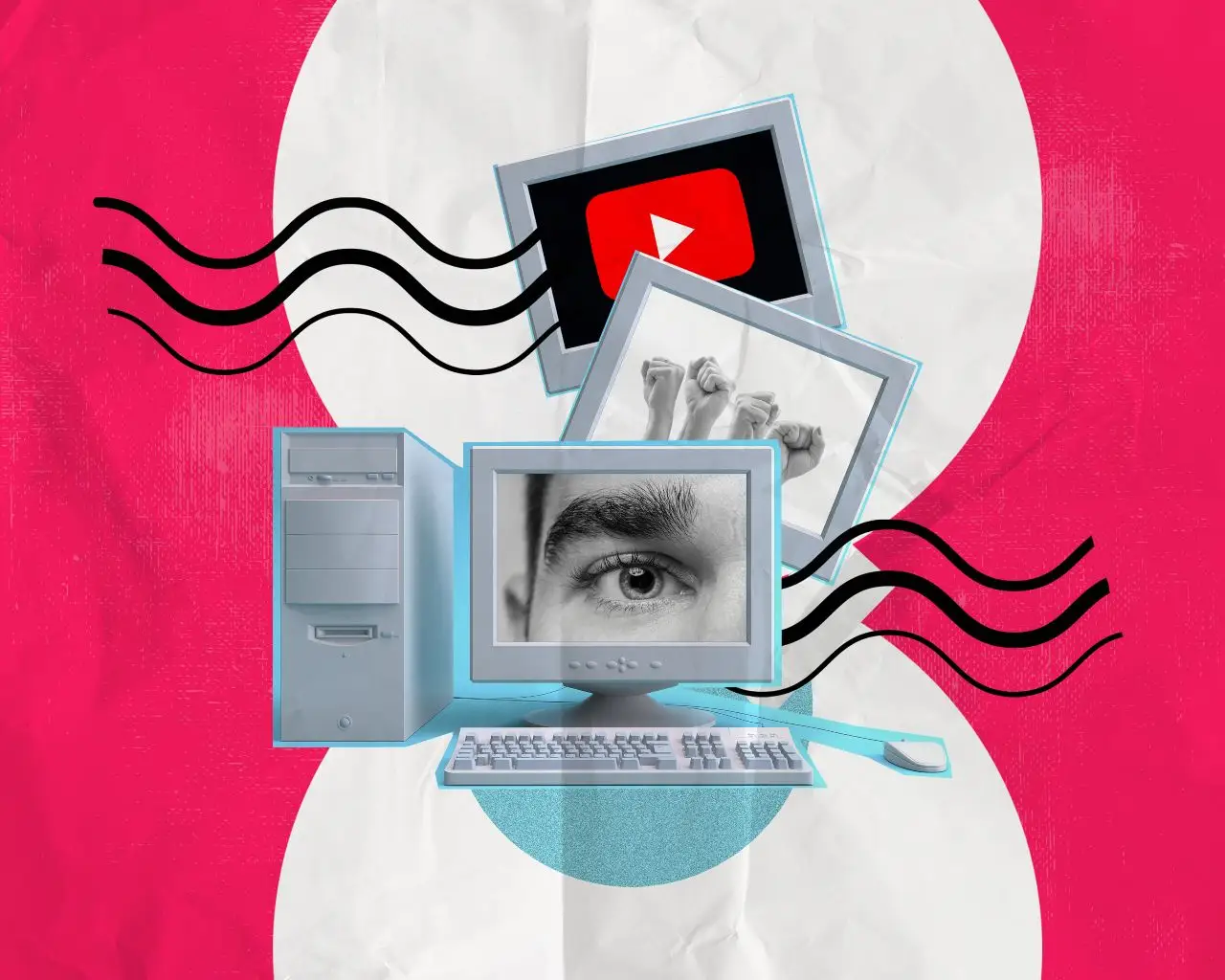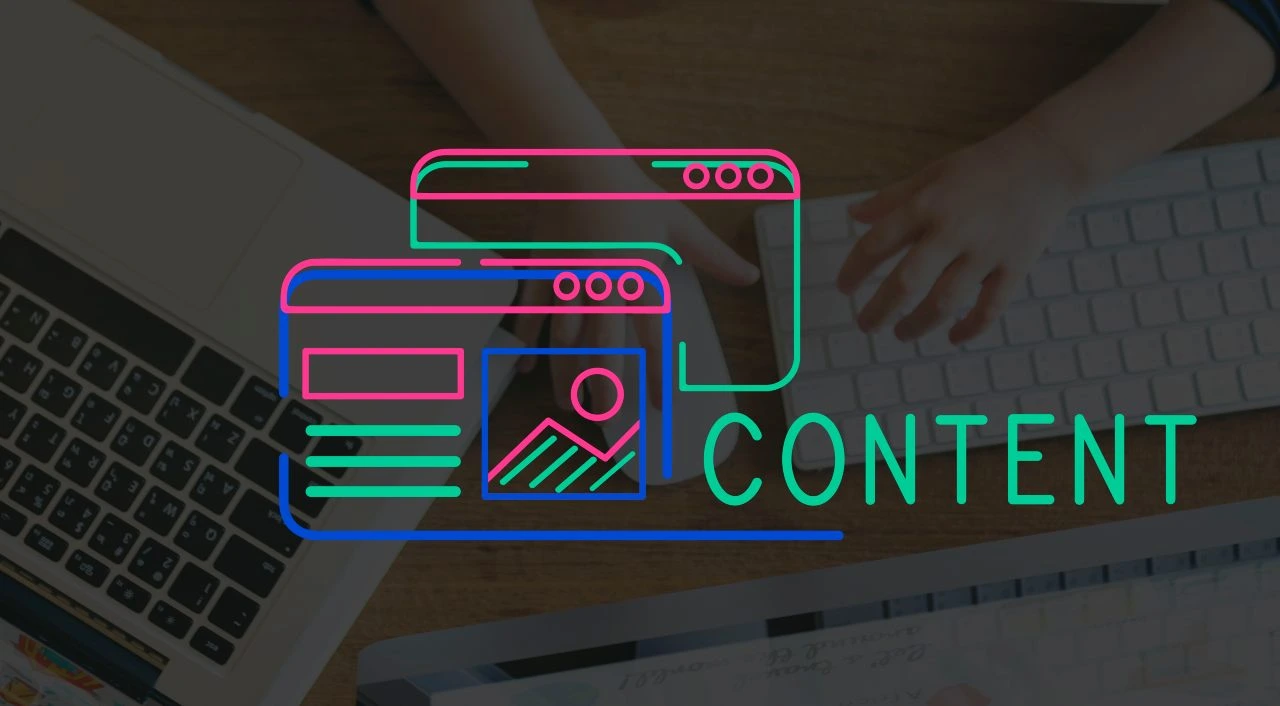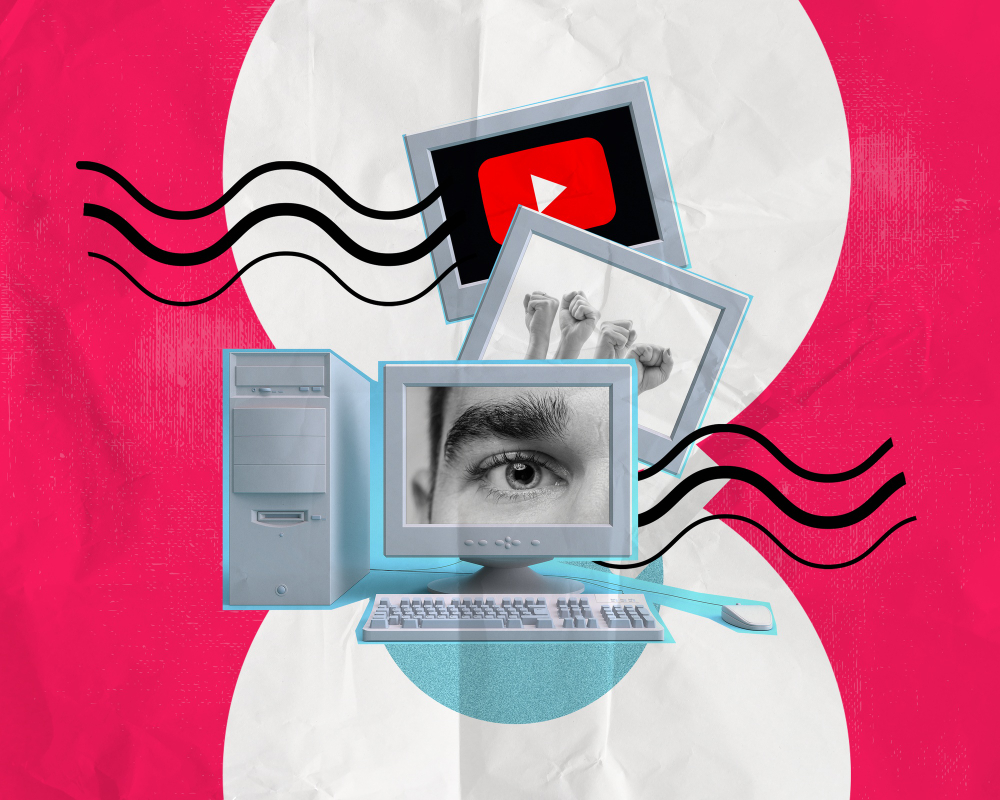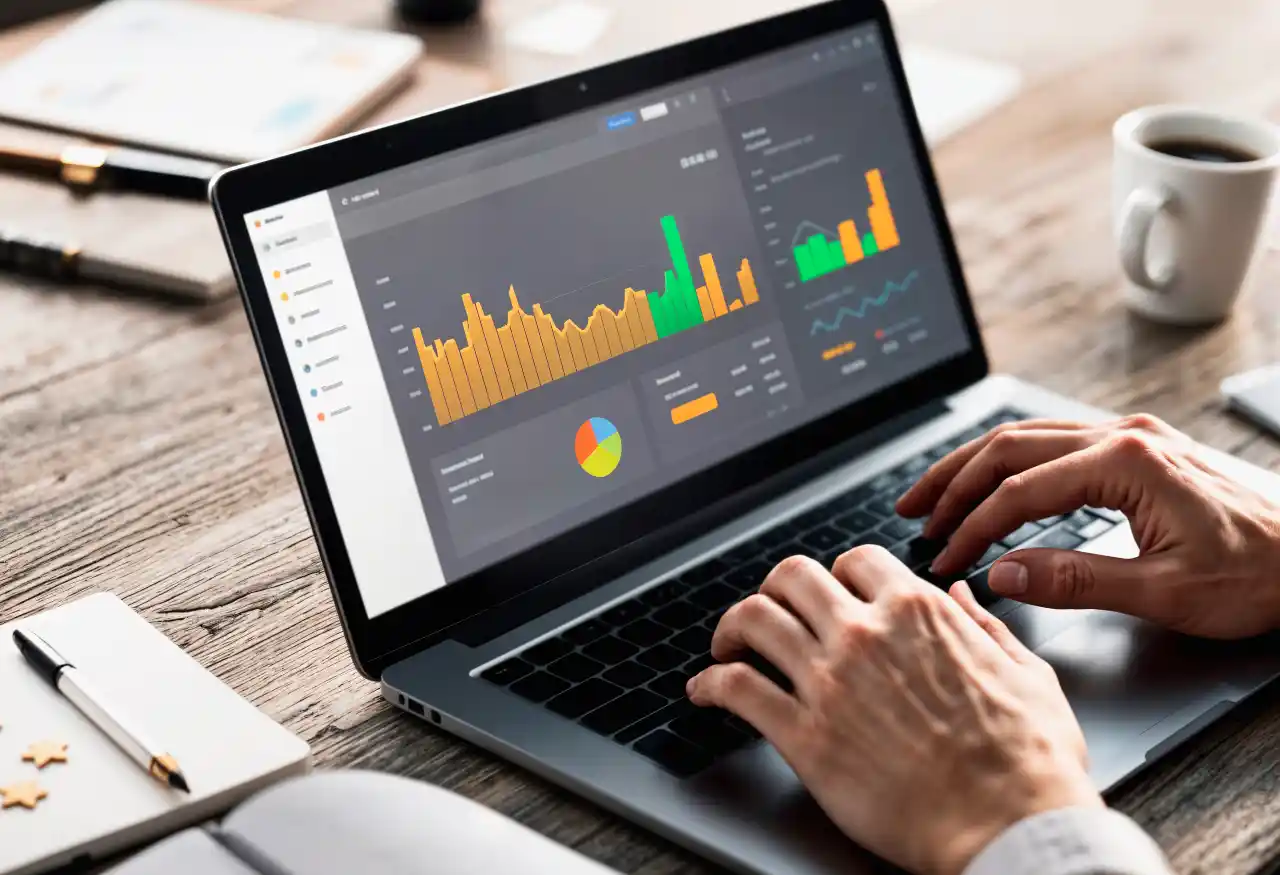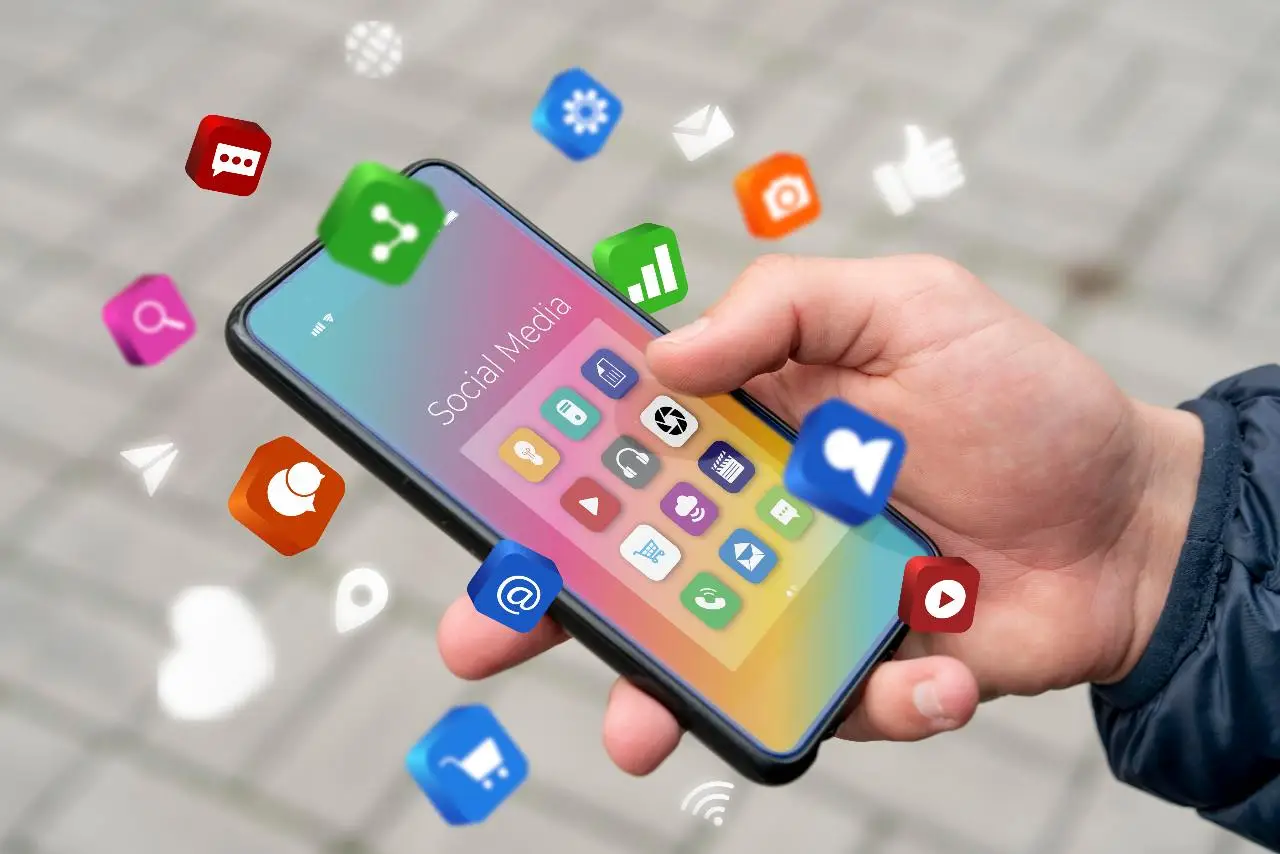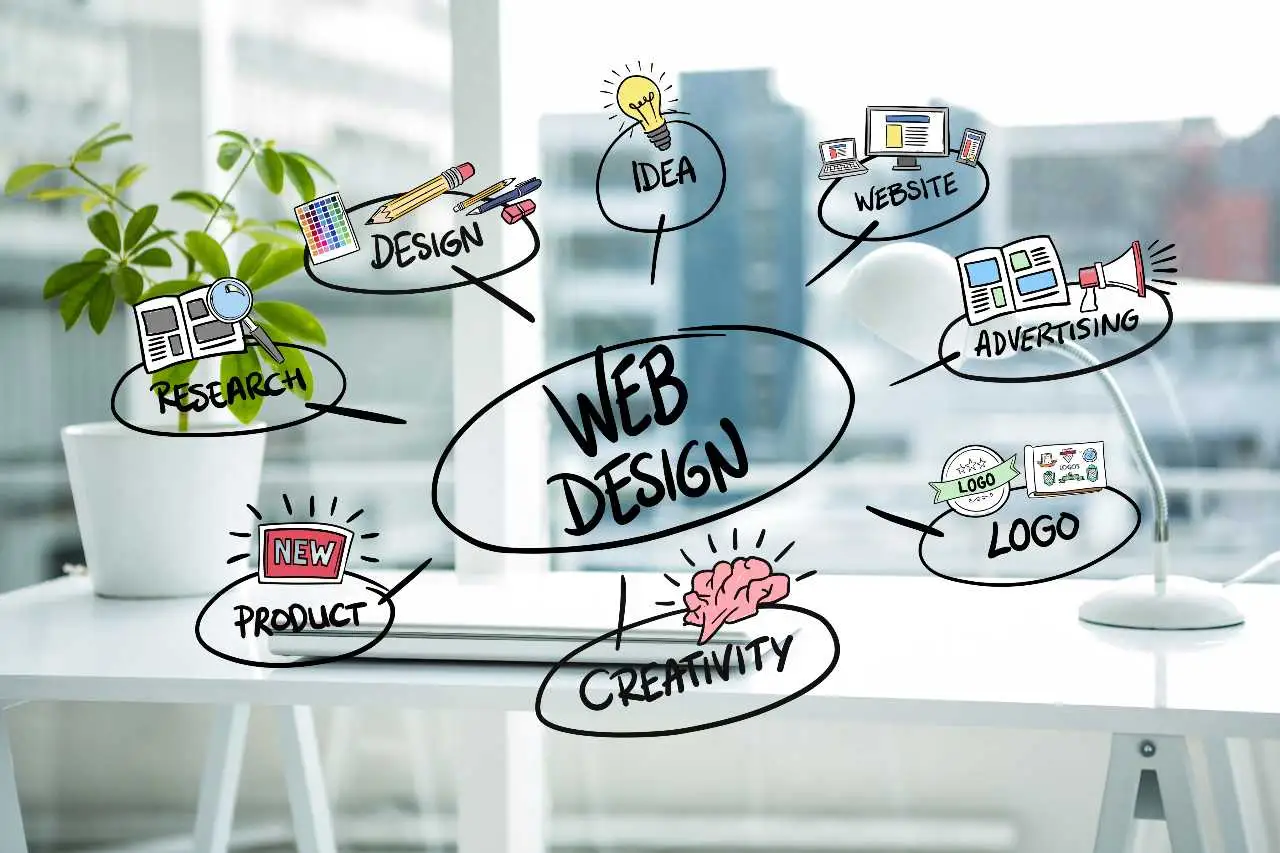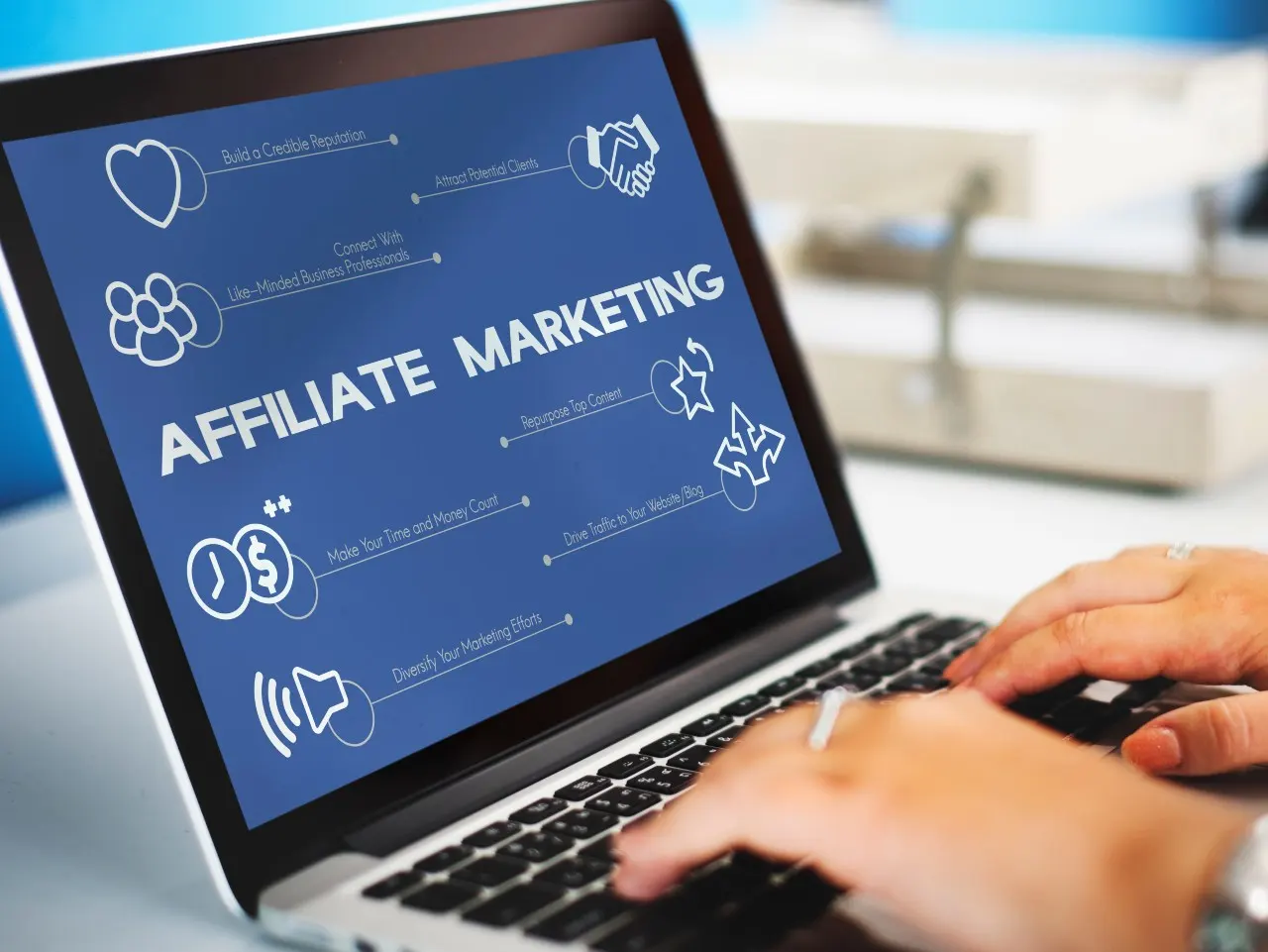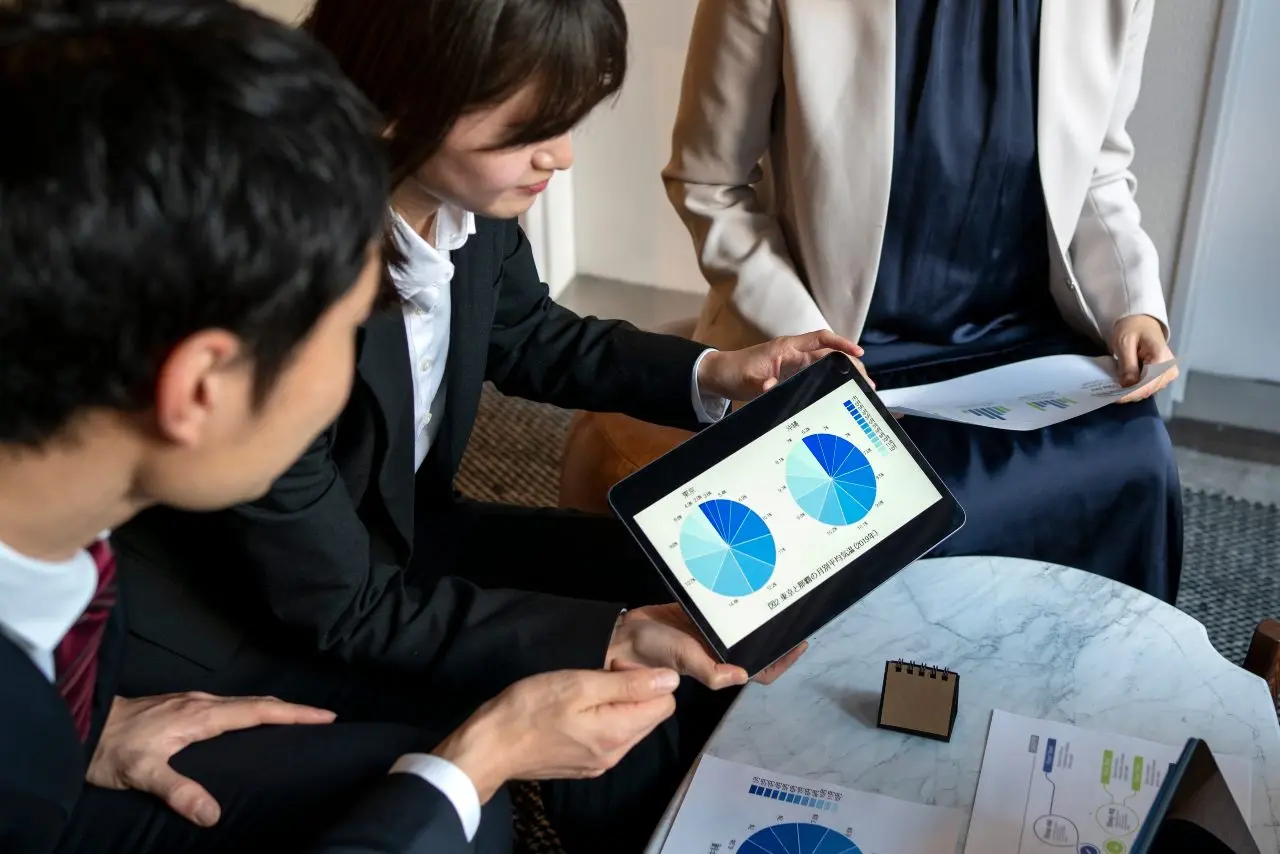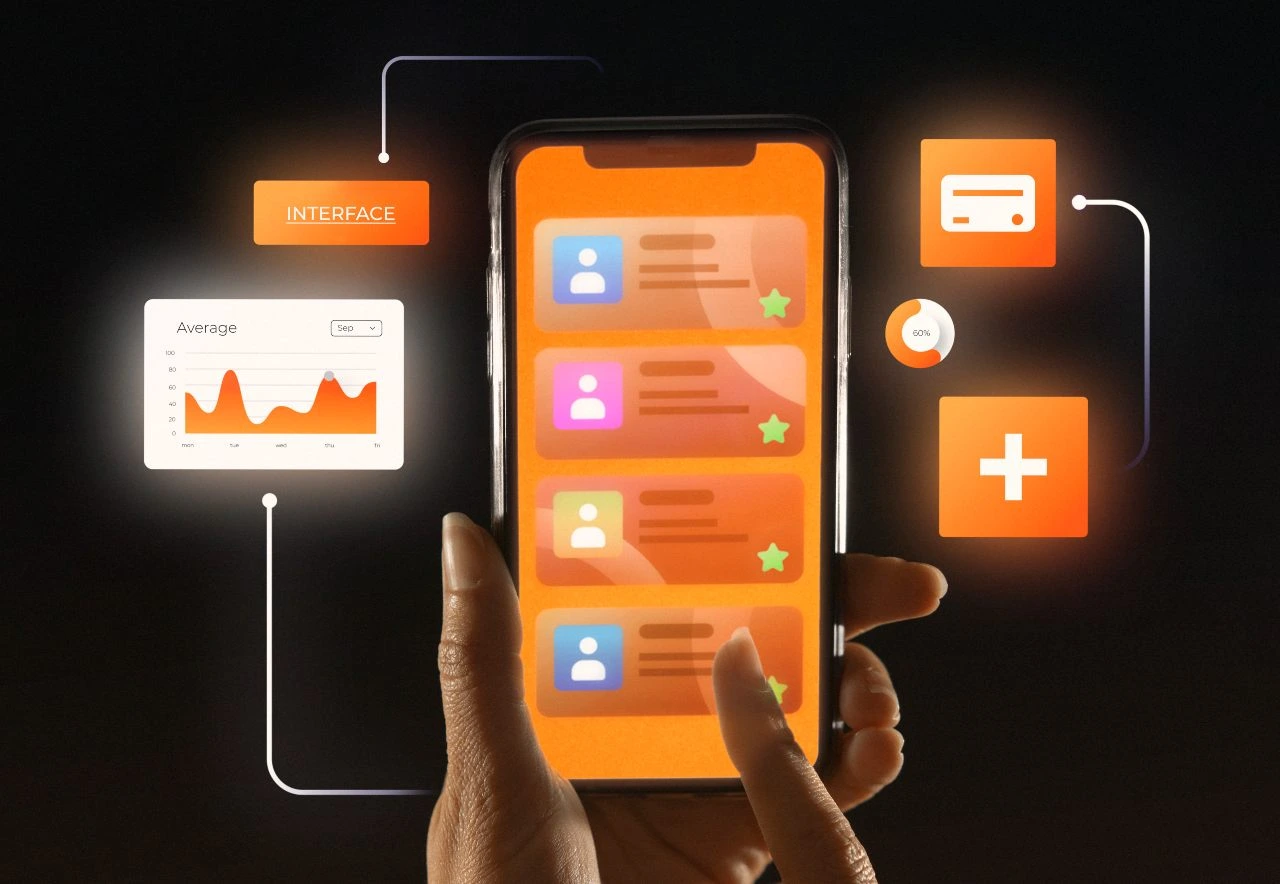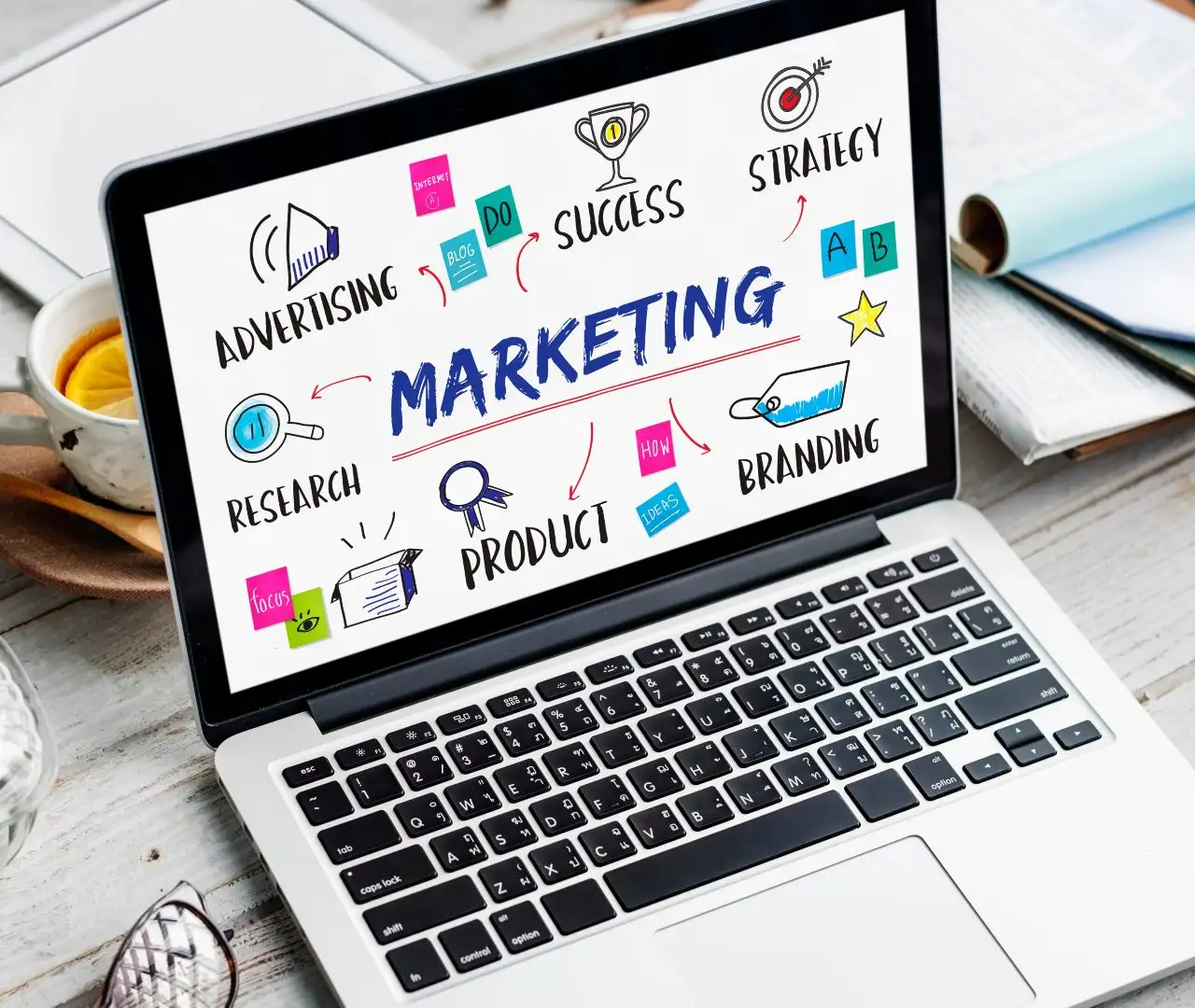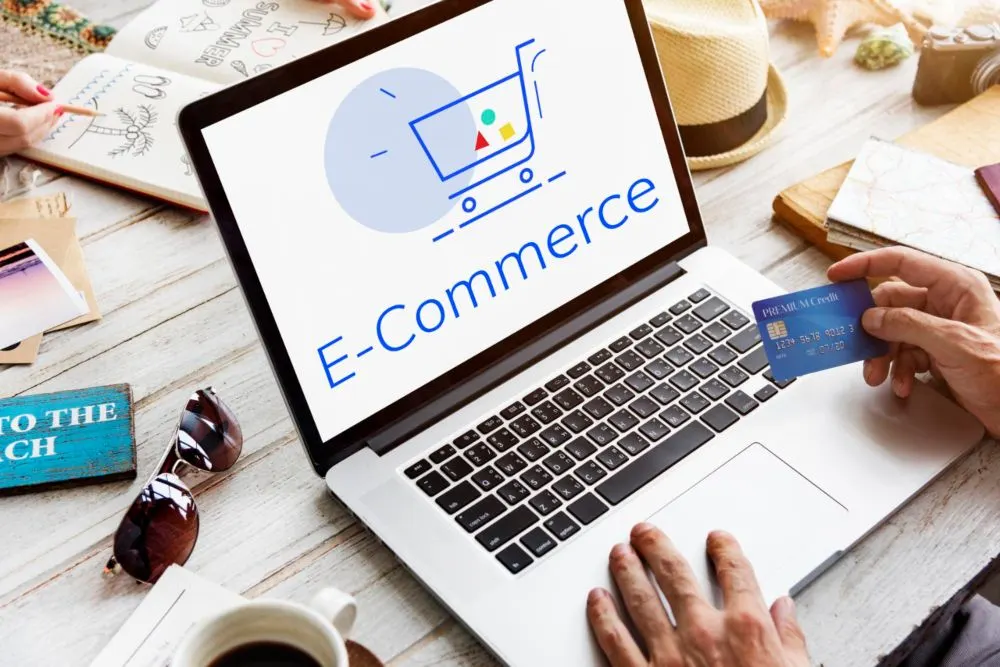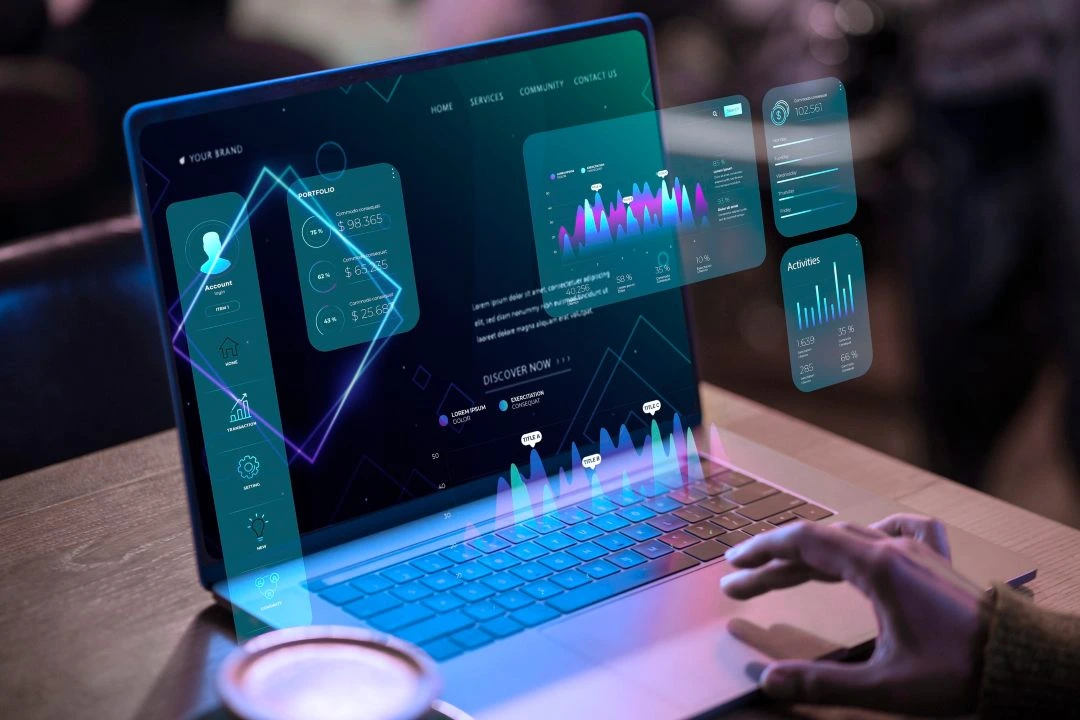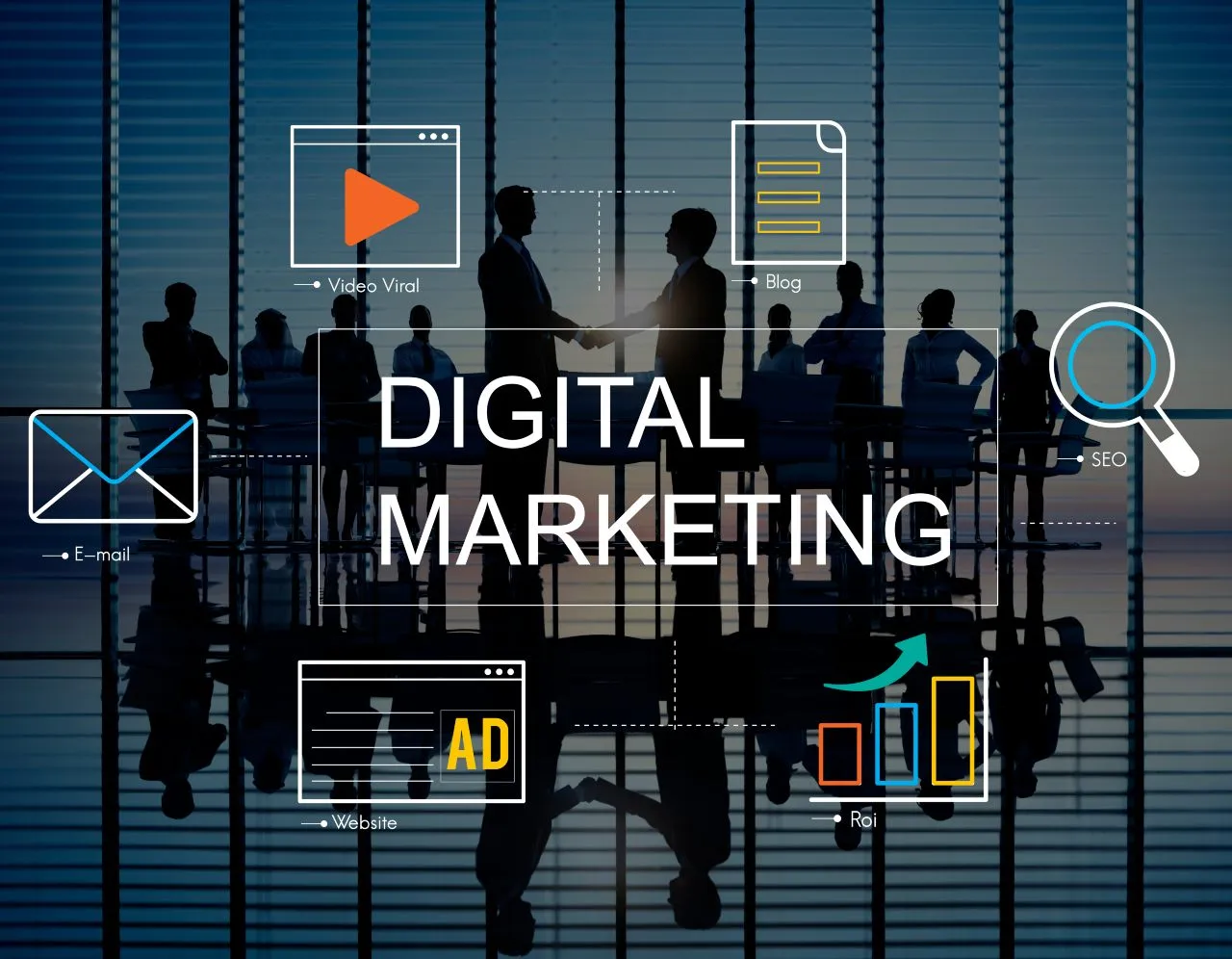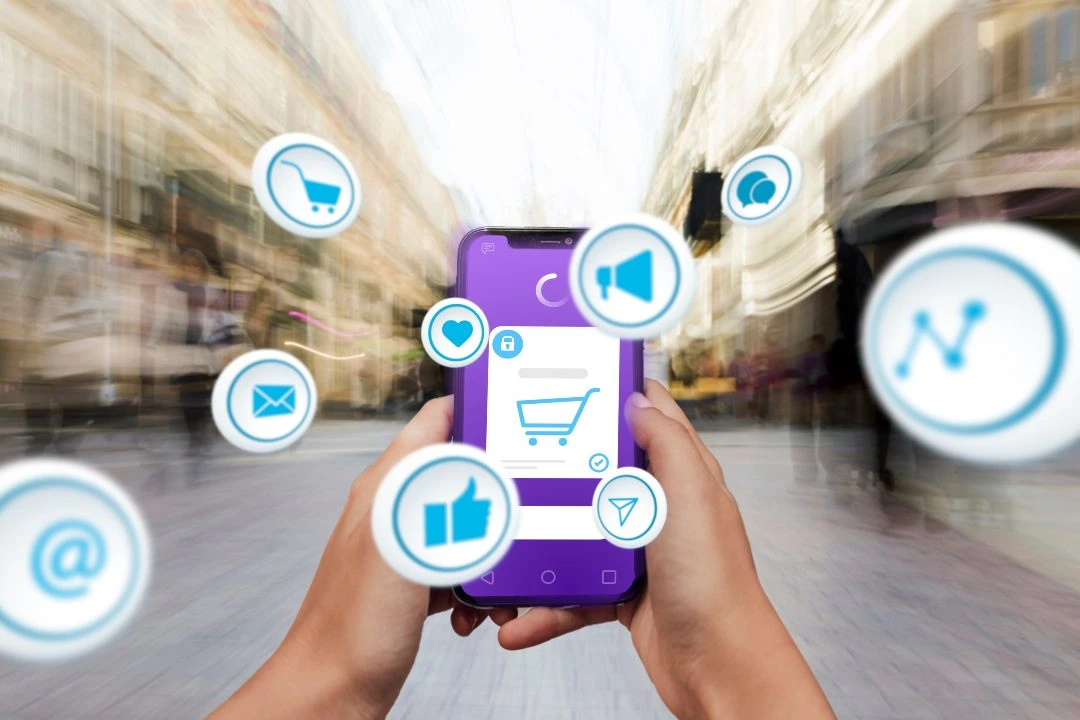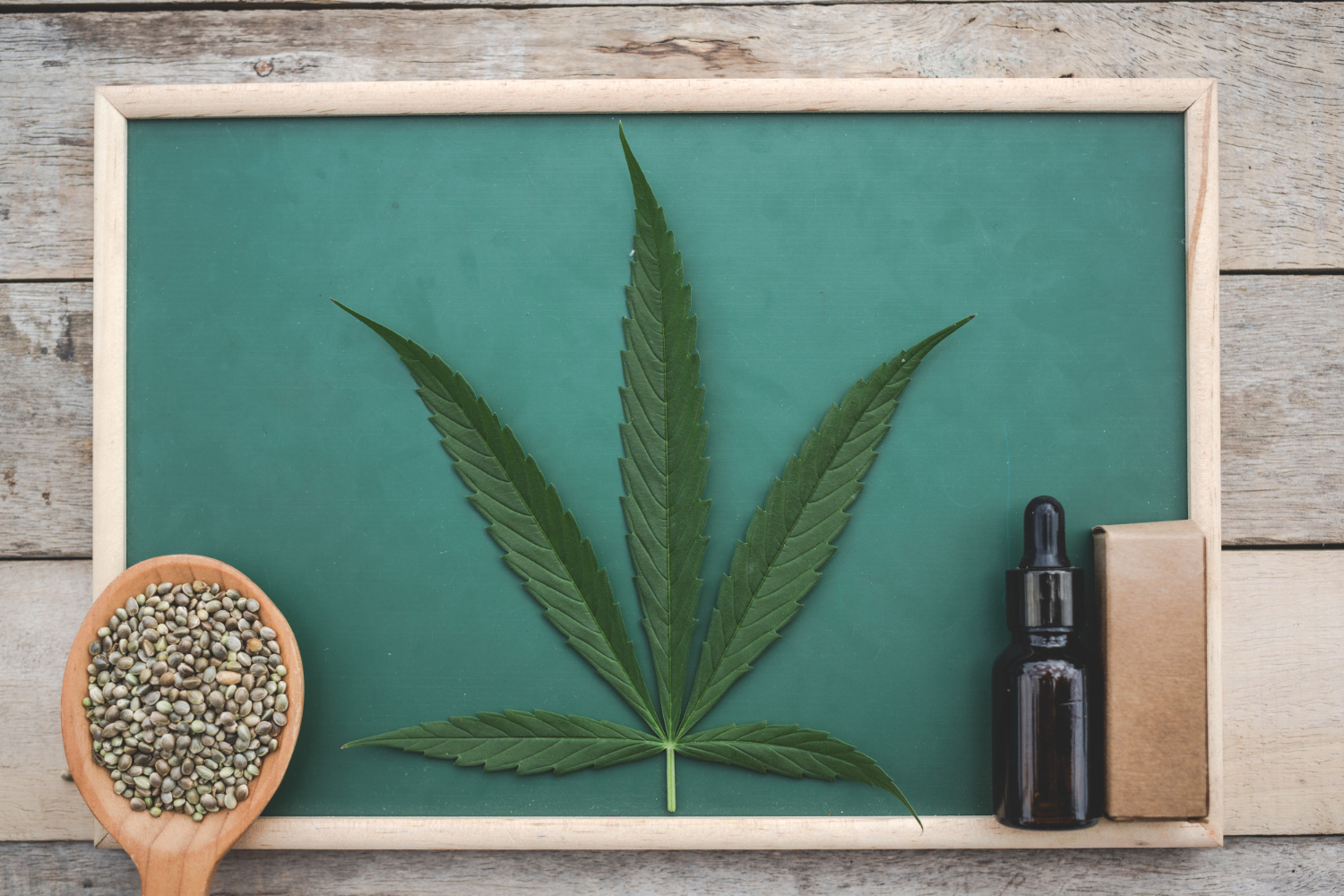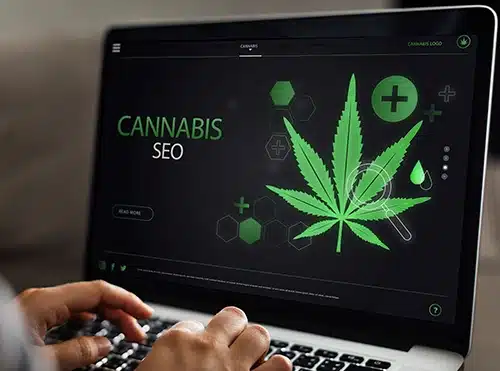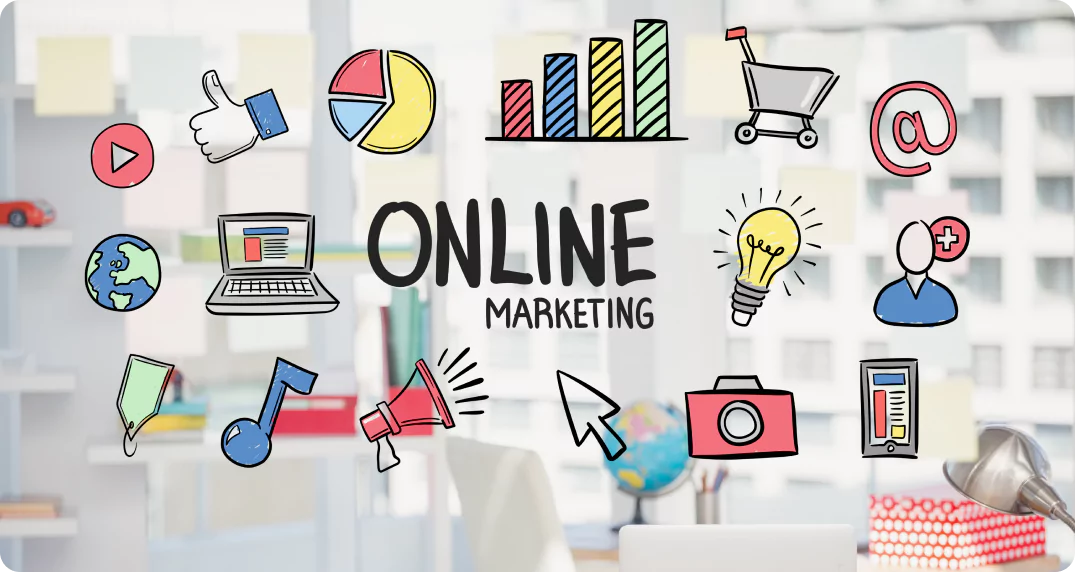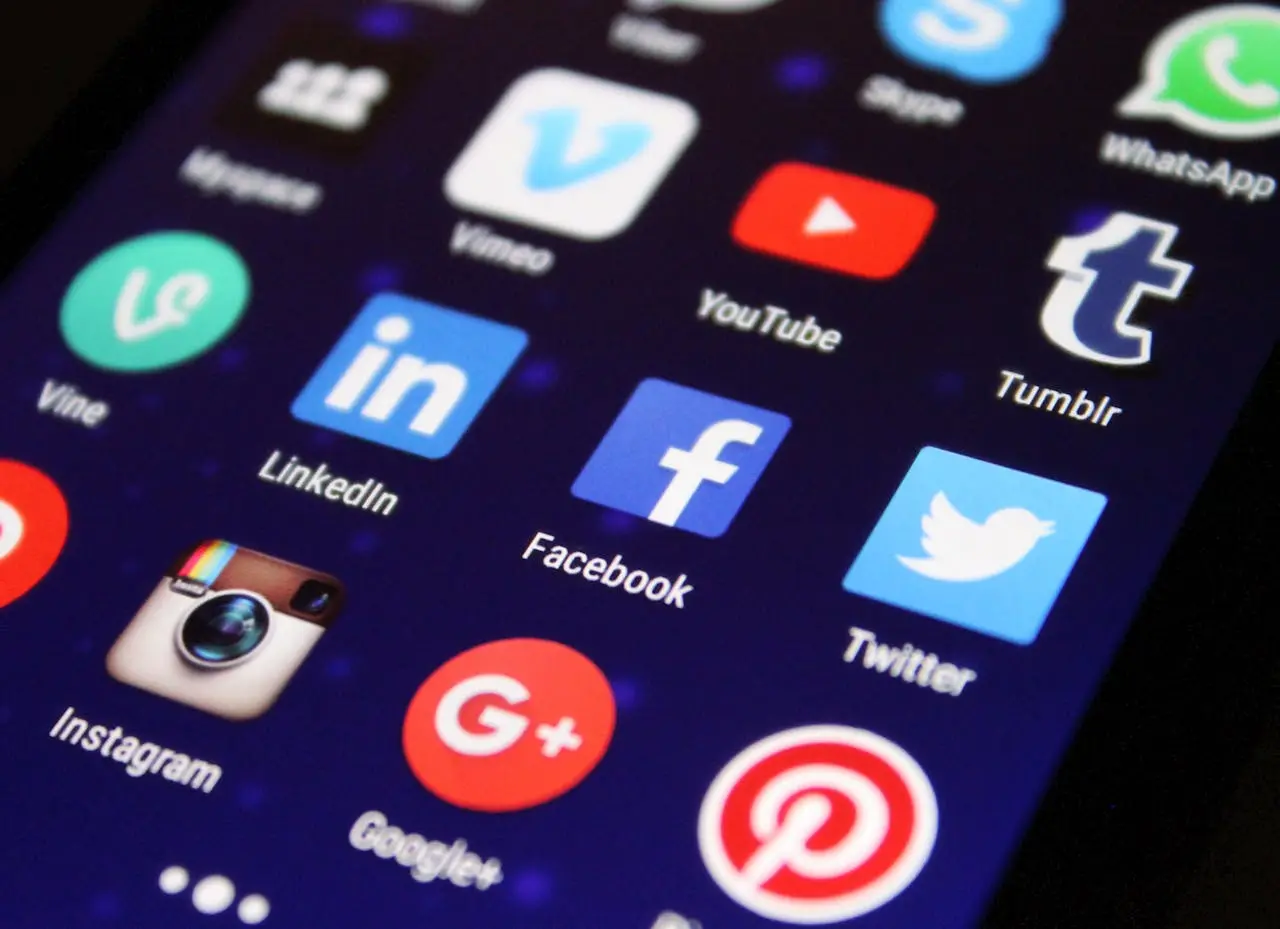Struggling to keep up with the latest B2B lead generation trends? You’re not alone.
In an ever-evolving digital landscape, B2B marketers face the constant challenge of adapting their lead generation strategies to stay ahead. As traditional methods lose their effectiveness, understanding and implementing new approaches is critical for success. But with so much information available, how do you know which trends are worth your attention?
This article dives into the current B2B lead generation trends and strategies that are proven to work. From leveraging AI and video content to mastering email marketing and social media, we’ll explore key statistics, actionable tips, and future predictions to help you optimize your approach and drive better results.
Tackling Obstacles in B2B Lead Generation: Insights for Smarter Strategies
In a world where B2B buyers demand tailored, value-driven experiences, a significant gap remains between content creation and effective lead generation. Too often, businesses focus on volume rather than strategy, resulting in wasted resources and missed opportunities. Understanding the pitfalls that hinder lead generation efforts can help marketers refine their approach and drive better results.
- A staggering 60% of the content created by B2B marketers remains unused, underscoring a disconnect between what is produced and what resonates with buyers. Source
- Only 40% of content marketers have a documented strategy, revealing that a lack of planning hampers consistent, results-driven efforts. Source, Source
- Nearly half (47%) of marketers are not tracking the ROI of their content marketing initiatives, limiting their ability to prove impact and secure budgets. Source, Source
- 41% of marketers are unprepared for a cookie-free marketing landscape, with no plans to implement alternative targeting strategies despite the imminent phase-out of third-party cookies. Source
- Companies with a content marketing budget under $15,000 per month are 74% more likely to report underwhelming performance, demonstrating the need for meaningful investment. Source
- 87% of successful marketers prioritize addressing user pain points and needs over pushing sales-heavy messages, showing the effectiveness of customer-centric content. Source, Source
Key Takeaway: Adapt or Be Left Behind
The state of B2B lead generation reflects a larger theme in the marketing landscape: success belongs to those who align their efforts with both evolving buyer preferences and foundational best practices. From documenting a content strategy to tracking ROI and adopting cookie-free targeting, these are not just suggestions—they’re indispensable for staying competitive. Moreover, a customer-first mindset can transform underperforming campaigns into compelling experiences that deliver measurable ROI. Investing in lead generation services can further enhance your strategy, ensuring a steady pipeline of high-quality prospects while optimizing conversion rates.
Pro Tip:
Bridge the gap between content creation and audience engagement by involving your sales or customer success teams in brainstorming sessions. Their direct interactions with prospects can offer invaluable insights into real buyer pain points, helping you craft content that converts.
Strategic Content Marketing in B2B Success
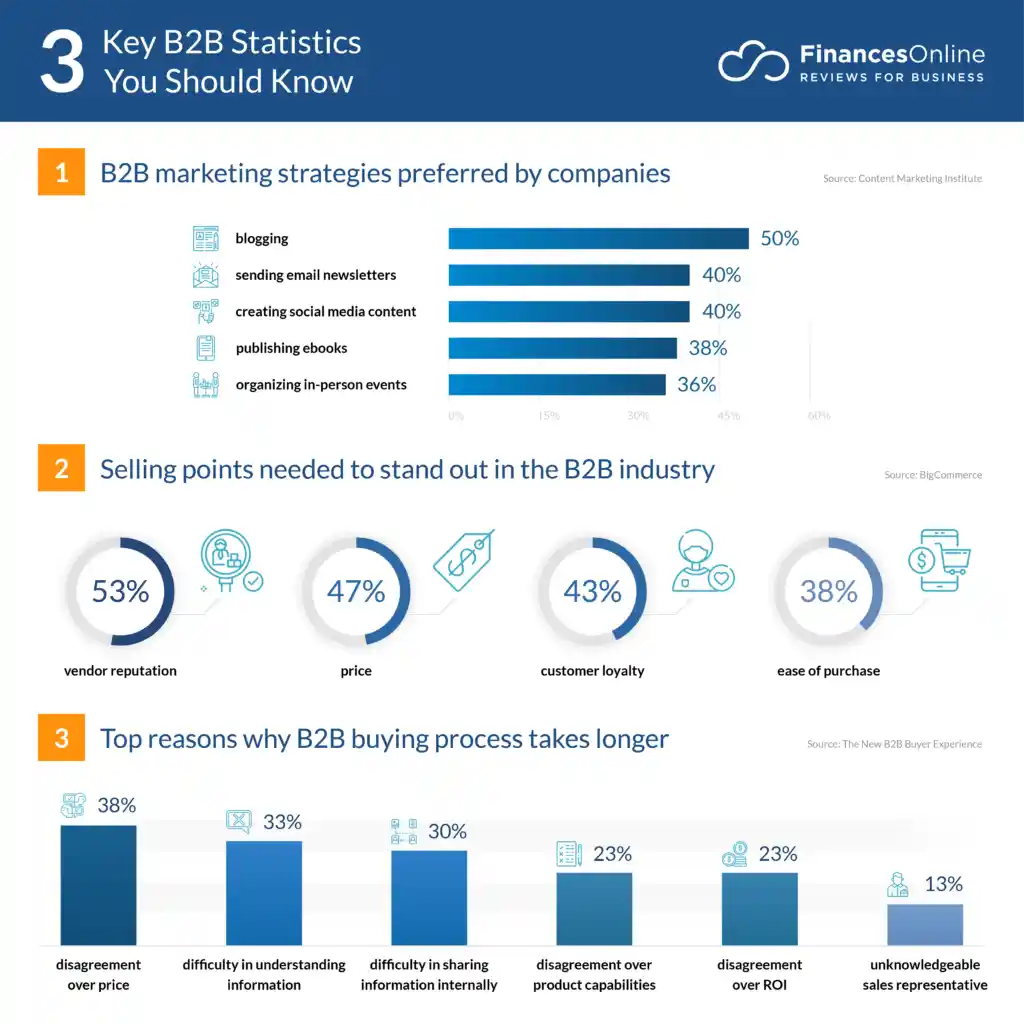
Source: FinancesOnline
In the competitive B2B landscape, content marketing has shifted from being an optional tactic to a cornerstone of successful lead generation and sales strategies. By producing tailored, high-quality content, businesses can not only capture attention but also nurture long-term trust and position themselves as thought leaders. As we move into 2024, the focus is clear: impactful content is not about quantity but driving meaningful engagement that aligns with buyer needs.
- Content marketing is projected to generate $107 billion in revenue by 2026, up from $82.3 billion in 2024. Source
- 58% of B2B marketers reported increased sales and revenue due to their content marketing efforts over the past year. Source
- Nearly 34.3% of B2B marketers dedicate 10 to 15 hours weekly to content creation efforts. Source
- A striking 83% of marketers prioritize content quality over frequent posting, highlighting an audience-first approach. Source
- High-performing B2B companies allocate 40% of their marketing budgets to content efforts, further stressing its ROI potential. Source
- Email newsletters remain a staple, leveraged by 77% of B2B firms in their content distribution strategies. Source
- 90% of B2B marketers incorporate blogging into their strategies, demonstrating its ongoing relevance. Source
Key Takeaway: Prioritize Strategy, Not Just Content Creation
As these statistics reveal, content marketing is more than churning out words—it’s about crafting narratives that resonate with target audiences and drive measurable results. The real challenge lies in aligning your content strategy with your business goals while staying agile to market changes. Businesses that thrive in 2024 will be those that treat content marketing not as an expense but as a strategic investment, focusing on quality, relevance, and distribution channels that maximize reach. Effective Email Marketing for B2B Lead Generation Strategies can further enhance engagement, nurture leads, and drive conversions in a competitive landscape.
Pro Tip:
Don’t put all your eggs in one basket. While Google Ads may be the go-to platform, exploring emerging opportunities on Amazon or investing in programmatic display ads can help you mitigate risk, expand your reach, and build a more balanced advertising portfolio. Always test and iterate by tracking performance metrics, and don’t hesitate to leverage tools like Google Analytics, Amazon’s ad dashboard, and programmatic platforms for deeper insights.
Why Blogging and SEO Continues to Lead the B2B Content Marketing Pack
As the digital marketing landscape diversifies with video, social media, and interactive tools, it’s easy to overlook the steady workhorses of blogging and SEO. However, these tried-and-true strategies remain indispensable for B2B marketers seeking sustainable, long-term growth. Blogs and SEO don’t just drive traffic—they build credibility, foster relationships, and set the foundation for meaningful engagement that nurtures leads and informs buying decisions. The numbers below prove that while trends come and go, the written word, when optimized, continues to reign supreme in the B2B space.
- Companies that blog consistently generate 67% more leads per month than those that don’t, proving that blogging can be a lead-generation powerhouse. Source
- 52% of B2B marketers list blogging as their most critical content marketing tactic, underscoring its influence in shaping successful marketing strategies. Source
- 59% of B2B marketers consider blogs their most valuable content marketing channel, emphasizing the pivotal role blogs play in driving value for audiences and stakeholders alike. Source
- 75% of B2B marketers use blog content to fuel their social media strategies, showcasing the seamless synergy between blogging and increasing social reach. Source
- Blogs with relevant images receive 94% more views compared to those without, highlighting how visuals can enhance both engagement and impact. Source
- Bloggers who spend approximately 6 hours per post see 56% better results, proving that quality—and not just quantity—pays off in the long run. Source
- Including numbers in your headlines can boost click-through rates by 36%, demonstrating the magnetic pull of data-driven, scannable content. Source
Key Takeaway: Blogging and SEO Drive Sustainable Growth
Despite the buzz around newer formats, blogging and SEO remain the cornerstones of an effective B2B strategy. Beyond just traffic and leads, they help businesses establish trust, provide value, and nurture long-term relationships with prospects. The ongoing success of blogging also lies in its adaptability—you can repurpose posts into social snippets, visual slides, or even podcasts, maximizing your investment. While it’s tempting to shift focus entirely to flashy trends, a well-maintained blog optimized for search engines is like a foundation—steady, reliable, and difficult to replace. For even better performance, consider following a guide to creating an effective SEO landing page to enhance conversions and drive targeted traffic.
Pro Tip:
To stay competitive, allocate time for creating data-rich, evergreen content that aligns with high-value keywords and answers specific buyer pain points. Incorporate visuals, statistic-backed insights, and strategic calls-to-action to keep both search engines and readers hooked.
Leveraging Video and Short-Form Content to Capture B2B Buyers’ Attention
The B2B marketing landscape is undergoing a significant transformation, with video content and short-form formats taking center stage in buyer engagement strategies. Today’s B2B buyers expect more dynamic, visually engaging content to inform their purchasing decisions, forcing marketers to rethink how they communicate value. This shift is not merely a trend but a response to buyer behavior—marketers who fail to evolve risk falling behind in an increasingly competitive environment.
- 45% of B2B marketers plan to increase their content marketing budget in 2024, with a substantial 69% allocating funds specifically to video content. Source
- A July 2023 global survey found that 69% of B2B marketers planned to invest in video content marketing for 2024, while 21% intended to prioritize digital events and 47% focused on in-person events. Source
- 88% of B2B buyers have watched video content in the past three months to research products or services, underscoring video’s value as a key touchpoint in the buyer journey. Source
- Short-form content formats, such as infographics and blog posts, are seen as the most engaging by 65% of B2B buyers. Source
- 90% of marketers who leverage short-form video plan to maintain or increase their investment, citing its impressive ROI. Source
- Despite video’s rising influence, only 14% of B2B buyers consider it the most impactful content type during the decision-making phase—highlighting the importance of a well-rounded content strategy. Source
Key Takeaway: Why Diversification is Key
The data speaks volumes: video and short-form content are undeniably powerful tools for grabbing attention and driving buyer engagement. But while investing in these formats is essential, marketers must recognize that content variety remains critical to meeting diverse buyer preferences. The key to success lies in creating a mix of video, short-form, and long-form content that aligns with each stage of the buyer journey. Short, snackable videos can spark curiosity in the awareness stage, while longer, in-depth formats like webinars or whitepapers might be more effective as buyers near a decision.
Pro Tip:
Optimize your video and short-form content by adding clear CTAs tailored to different buyer personas. Use analytics to track performance across platforms and refine your strategy accordingly—whether it’s producing more explainer videos or repurposing blog content into shareable infographics. This data-driven approach ensures that your content not only attracts but also converts.
For a holistic approach to your lead generation efforts, consider integrating B2B website strategy alongside your video and content initiatives. A well-optimized website is often the first point of contact for potential buyers and serves as a foundation for nurturing leads through every stage of their journey.
The Transformative Impact of AI on B2B Content Marketing
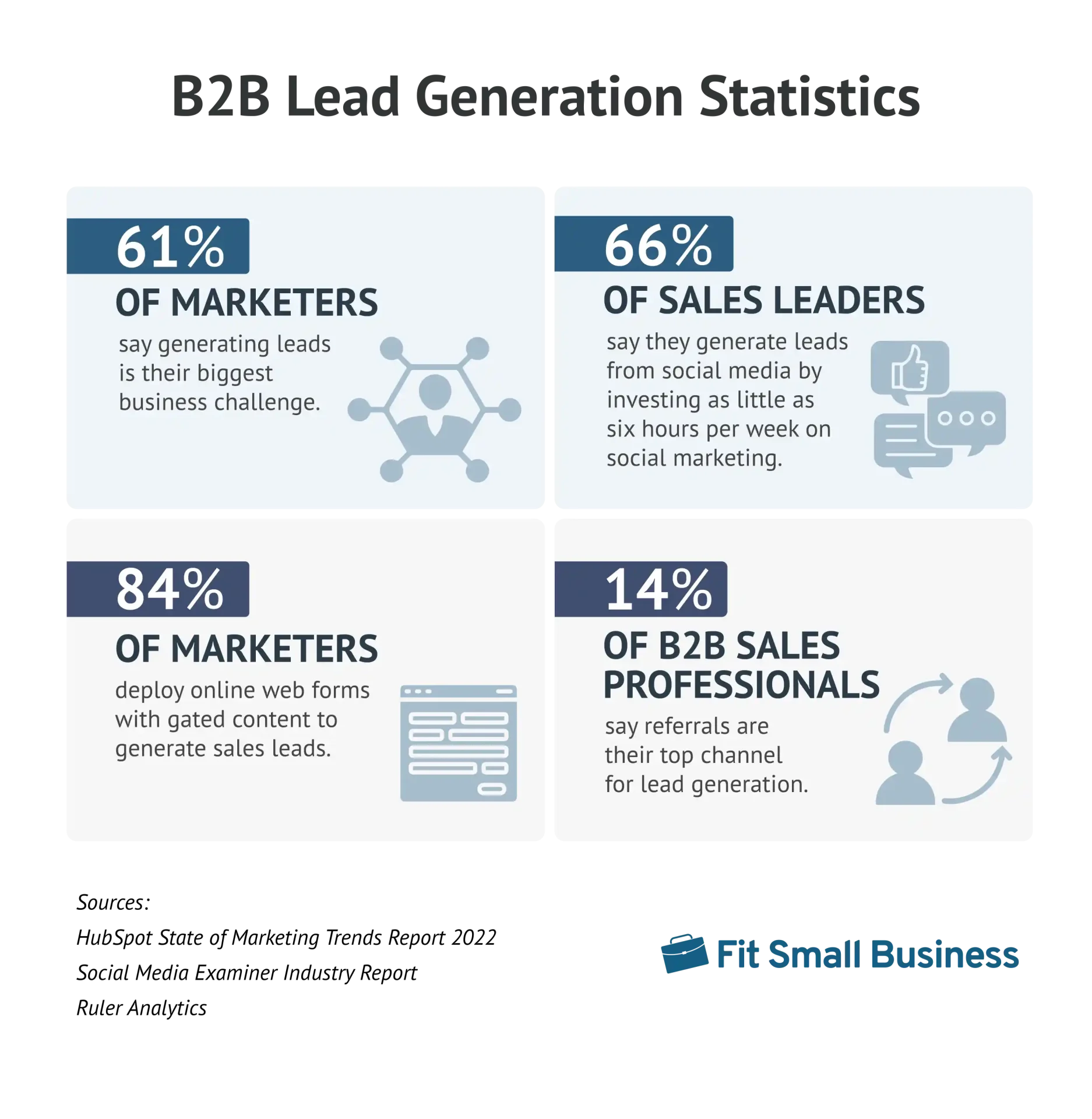
Source: Fit Small Business
In the competitive world of B2B marketing, where efficiency meets creativity, artificial intelligence (AI) has emerged as a true game-changer. From automating repetitive tasks to enhancing personalization at scale, AI’s ability to support marketers in creating impactful content has unlocked unprecedented opportunities. As businesses seek to stay ahead in the marketing landscape, the fusion of human ingenuity and AI’s automation capabilities is proving to be a winning formula.
- 64% of marketers are already utilizing AI for content creation. Source
- AI tools are increasingly taking over routine marketing tasks, enabling marketers to focus on strategic planning and creative innovations. Source
The adoption of AI in B2B marketing is more than a trend—it’s an essential step for brands aiming to thrive in a fast-paced, content-driven world. By leveraging AI to handle repetitive tasks and analyze data, marketers can dedicate their energy to crafting compelling narratives and connecting with audiences on a deeper level. Pro Tip: While AI can supercharge your content efforts, ensure your messaging remains authentic by blending data-driven insights with human emotion. AI can suggest what works best, but your brand’s voice is still its greatest asset.
Maximizing Results with B2B Email Marketing: Key Insights and Statistics
In the ever-competitive B2B landscape, where building meaningful relationships and nurturing leads are paramount, email marketing continues to shine as a cornerstone strategy. With its unmatched ability to deliver personalized communication and measurable ROI, email remains one of the most potent tools for reaching decision-makers directly in their inbox. But to truly harness its potential, understanding the data behind email marketing’s effectiveness is crucial. Here are some statistics that highlight why email marketing is indispensable for B2B success:
- Email newsletters are utilized by 81% of B2B marketers as their primary form of content marketing. Source
- The average open rate for B2B emails stands at 26.7%, with a click-through rate of 2.13%. Source
- Around 79% of B2B companies and agencies identify email as the most successful channel for content distribution. Source
- For 77% of B2B buyers, email is the preferred channel for outreach communication. Source
- Email automation, used by 82% of marketers, has proven to boost email open rates by 8x. Source
- Global email users are projected to grow from 4 billion in 2020 to 4.6 billion by 2025. Source
- Email marketing revenue is forecasted to hit $13.69 billion by 2025, up from $7.5 billion in 2020. Source
Key Takeaway: Email Marketing as the Foundation of Smarter B2B Engagement
These statistics don’t just highlight email marketing’s popularity—they underscore its undeniable role in supporting scalable, personalized, and measurable communication for B2B businesses. But with inboxes becoming increasingly crowded, success lies in how well marketers can optimize their strategies. Automation isn’t just a time-saver; it amplifies impact by scaling personalization, while understanding recipient preferences ensures messages are both timely and relevant. As email usage and revenue projections soar, investing in smarter email strategies is no longer optional—it’s the backbone of nurturing long-term B2B relationships.
Outsourcing can also play a pivotal role in enhancing email marketing efficiency. For businesses looking to streamline their operations and achieve higher ROI, outsourcing email marketing allows them to leverage expert resources and focus on strategic growth while ensuring their campaigns are optimized and impactful.
Pro Tip:
Take your email campaigns to the next level by leveraging behavioral data. Triggered emails based on user actions (such as downloading a whitepaper or attending a webinar) can achieve up to 70.5% higher open rates, ensuring your outreach resonates at the perfect moment.
Unlocking the Potential of Social Media for B2B Success
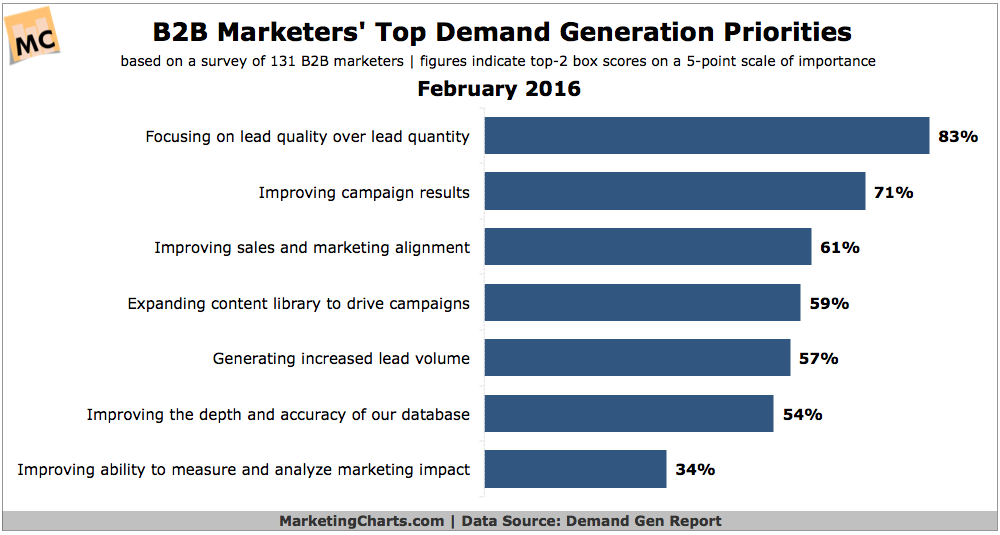
Source: Ironpaper
Social media isn’t just a buzzword in the B2B space—it’s a cornerstone of effective marketing strategies. Beyond brand awareness, it offers unparalleled opportunities to engage with decision-makers, build trust, and drive meaningful leads. With tools like LinkedIn’s precise targeting, video content’s undeniable appeal, and the power of organic or paid engagement, B2B marketers can turn social platforms into lead-generation machines. If you’re not fully capitalizing on social media’s potential, you might already be falling behind.
- Sales improved for over 70% of B2B marketers who utilized social media over the past year. Source
- The majority of B2B marketers, 90%, distribute content on social media platforms, making it the most popular content distribution channel. Source
- Social media is the top channel for both top-of-funnel (50%) and bottom-of-funnel (46%) goals, outperforming email and other channels. Source
- LinkedIn is considered the most valuable social media platform by 84% of B2B marketers. Source
- A significant portion of B2B buyers, 84%, consistently share business-related posts and content on LinkedIn. Source
- B2B marketers find video the most useful type of content (55%) on social media. Source
- Facebook remains the most widely used platform among both B2B and B2C marketing agencies. Source
Key Takeaway: Social Media is No Longer Optional for B2B Growth
The data speaks volumes: whether you’re crafting top-of-funnel awareness campaigns or nurturing bottom-of-funnel leads, social media is a non-negotiable in your marketing playbook. Platforms like LinkedIn dominate as key hubs for B2B engagement, while video content opens doors to storytelling that resonates. But success doesn’t come from simply showing up—it’s about showing up strategically. Dive deep into platform analytics, experiment with content formats like carousel posts or polls, and direct your efforts to where your target audience actively engages.
Pro Tip:
Don’t underestimate the power of social listening. Use tools like Hootsuite or Brandwatch to monitor conversations in your industry—this not only helps you spot trends early but also provides valuable insights to tailor your messaging and content to what matters most to your audience.
Elevating Your B2B SaaS Content Game: Proven Practices for Success
Crafting effective B2B SaaS content isn’t just about publishing blog posts or hosting webinars—it’s about delivering value that aligns with your audience’s needs, behaviors, and goals at every stage of the buyer journey. With the rapid pace of innovation in SaaS, buyers are more discerning than ever, seeking actionable insights and solutions tailored to their specific pain points. A strategic content approach not only sets your brand apart but also positions you as a trusted partner in solving their business challenges.
- Conduct keyword research with search intent as the priority, rather than merely focusing on search volume. Create content that provides value to users and enhances their experience, avoiding outdated tactics like keyword stuffing. Source
- Keep your content fresh by updating it regularly and customizing it for each platform. Cross-posting content without any modifications can dilute its impact and fail to resonate with platform-specific audiences. Source
- Prioritize customer benefits over product features. Instead of overwhelming prospects with specs, focus on how your solution addresses their pain points and delivers tangible value. Content that speaks directly to challenges and outcomes has a greater chance of building trust and fostering engagement. Source
Key Takeaway: Content That Converts Starts With Empathy
The success of your B2B SaaS content hinges on your ability to deeply understand your buyers and connect with them in meaningful ways. By prioritizing search intent, platform-specific strategies, and customer-focused messaging, you can create content that not only captures attention but also drives meaningful action. Remember, today’s SaaS decision-makers value authenticity and relevance over generic messaging—stand out by truly listening to their needs.
Pro Tip:
Use customer interviews and feedback loops to uncover recurring pain points and aspirations. Incorporate these insights into your content strategy to deliver resources that feel more personalized and actionable to your audience. The better you understand their struggles, the greater your impact will be.
Emerging Digital Marketing Trends That Will Shape B2B Success
The B2B marketing landscape is undergoing a seismic shift, and businesses that fail to adapt risk falling behind. With technology evolving at breakneck speed and buyer expectations growing more sophisticated, the focus has shifted toward delivering hyper-personalized, value-driven experiences that align with evolving societal and environmental priorities. The real winners will be those who anticipate these trends and strategically leverage them to drive lead generation and long-term growth.
- AI and automation are set to revolutionize digital marketing by 2025, enabling marketers to deliver highly personalized experiences at scale while optimizing workflows for efficiency. Immersive tools like VR and AR will redefine engagement strategies, and voice-activated technology will become a dominant channel for reaching audiences. Ethical and sustainable marketing will also take center stage as businesses respond to consumer demand for socially responsible practices. Source
- The future of digital marketing by 2030 promises deeper AI integration, seamless omnichannel customer journeys, and a strong emphasis on sustainability. Video content, automation, and voice search will remain pivotal in crafting impactful campaigns. Source
- Data will be the cornerstone of digital marketing strategies, empowering businesses to create hyper-targeted campaigns, leverage real-time insights, and predict customer behavior for maximum ROI. Source
- Organizations that embrace AI innovation, immersive technologies, and ethical marketing are expected to cultivate stronger bonds with their audiences, outpace competitors, and secure lasting success. Source
- As the digital world becomes even more competitive, businesses will continue to rely on skilled marketers to navigate emerging technologies and translate them into meaningful customer engagement and measurable goals. Source
Looking ahead, the B2B marketing landscape will reward innovation. The ability to combine cutting-edge technology like AI with human-centric approaches, such as ethical storytelling and emotionally resonant content, will define successful campaigns. Embracing these shifts isn’t just about keeping up with trends—it’s about building a future-proof strategy that enhances customer loyalty and builds a resilient brand reputation.
Pro Tip:
To stay ahead of the curve, try experimenting with future-forward technologies in small, manageable campaigns. For example, use AI to test different ad creatives or explore AR experiences to showcase product solutions. This iterative approach can help your team adapt to new tools and stay on the pulse of what resonates most with your audience.
Conclusion
The evolving landscape of B2B lead generation demands adaptability, insight, and a willingness to embrace innovation. From the enduring impact of blogging and SEO to the ascension of video and AI-driven content creation, the strategies outlined in this article underscore one critical truth: success in B2B marketing lies in understanding your audience and delivering value at every touchpoint. As B2B marketers face shifting priorities, from customer-centric content to cookie-free targeting, it’s clear that staying ahead requires both strategic planning and a commitment to experimentation.
The statistics and insights shared here reflect a broader narrative—one where traditional methods like email marketing continue to thrive, while emerging tools such as AI reshape the way we connect with buyers. Whether through the power of storytelling in blog content, the efficiency of automation in email campaigns, or the immersive appeal of video, the opportunities for growth in B2B marketing are as abundant as they are diverse.
Ready to boost your traffic and grow your website? Your customers are looking for you, and our SEO services can help you be found across search engines. Let’s work together to transform these trends into tangible results for your business.
About B2B Lead Generation Trends and Strategies that work
This guide was written by the Scopic Studios team and reviewed by Araksya Hakobjanyan, SEO Lead at Scopic Studios.
Scopic Studios delivers exceptional and engaging content rooted in our expertise across marketing and creative services. Our team of talented writers and digital experts excel in transforming intricate concepts into captivating narratives tailored for diverse industries. We’re passionate about crafting content that not only resonates but also drives value across all digital platforms.
Note: This blog’s images are sourced from Freepik.











